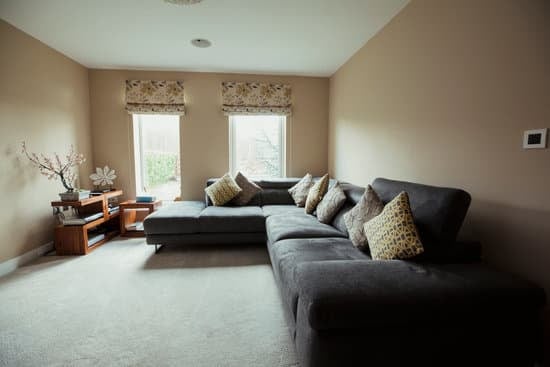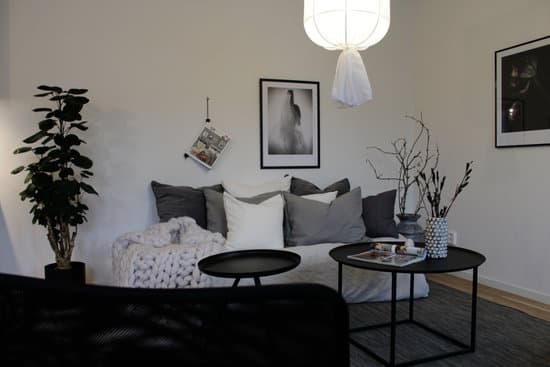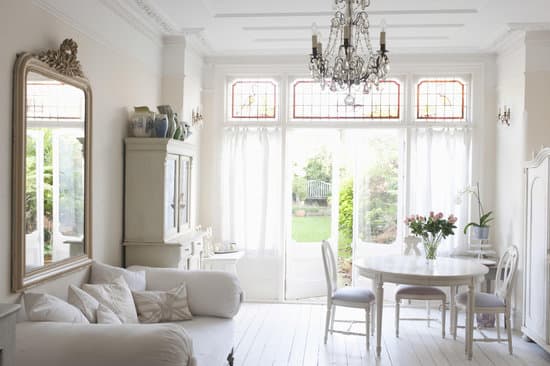Landscaping is an exciting and fulfilling aspect of outdoor design, but to become proficient in landscaping, it’s important to understand the basic knowledge involved. If you’re new to landscaping or need a refresher, consider these basic concepts:
Proportion: This principle refers to the relationship between all elements in a landscape. Having the right proportion means ensuring that everything within the property is in the correct size and scale. For instance, a small garden fountain may look out of place in a large garden. It’s essential to maintain a balanced and visually appealing proportion that compliments the rest of the landscape.
Balance: This refers to creating visual balance and symmetry among different elements within the garden design. You can achieve balance through the size and placement of plants and hardscaping. A well-balanced design can create a great impact and depth to your landscape.
Contrast: This principle refers to the comparison of different colors, textures, and shapes in a landscape. Contrast can be created by combining plants, flowers, and other garden elements that are different from one another. By doing so, you create interest and depth in your design.
Harmony: This principle involves creating a balance between different elements in your landscape. It includes creating an aesthetically pleasing overall theme and the careful selection of different plant species that complement each other. Obtaining harmony means selecting and combining elements that fit your desired outcome.
Color: The color principle involves selecting a specific color scheme for your garden design. It’s essential to ensure the colors you select complement one another and match the theme of your landscape. A well-selected color scheme can make a big difference in creating a visually appealing landscape design.
Repetition: This principle refers to using specific elements throughout the garden design. The repeating of specific elements within the landscape can create a cohesive and harmonious design. Consider repeating elements such as color, texture, pattern, and shape to create a sense of continuity and flow throughout the garden.
By understanding and implementing these fundamental principles of landscaping, you can create an eye-catching, inviting outdoor space that reflects your personal style. From proportion and balance to contrast, harmony, color, and repetition, these principles are the basis of a well-designed garden.





















